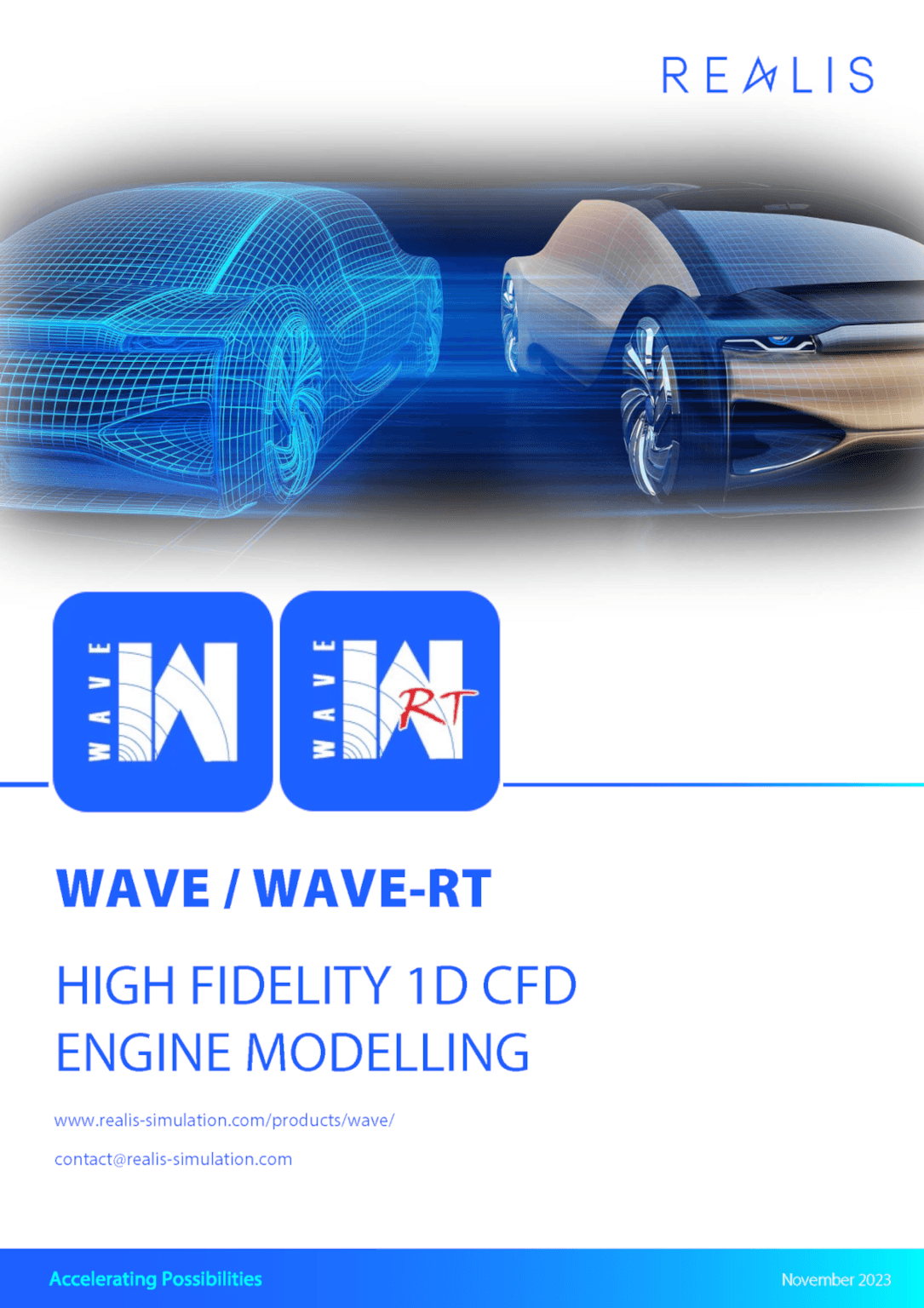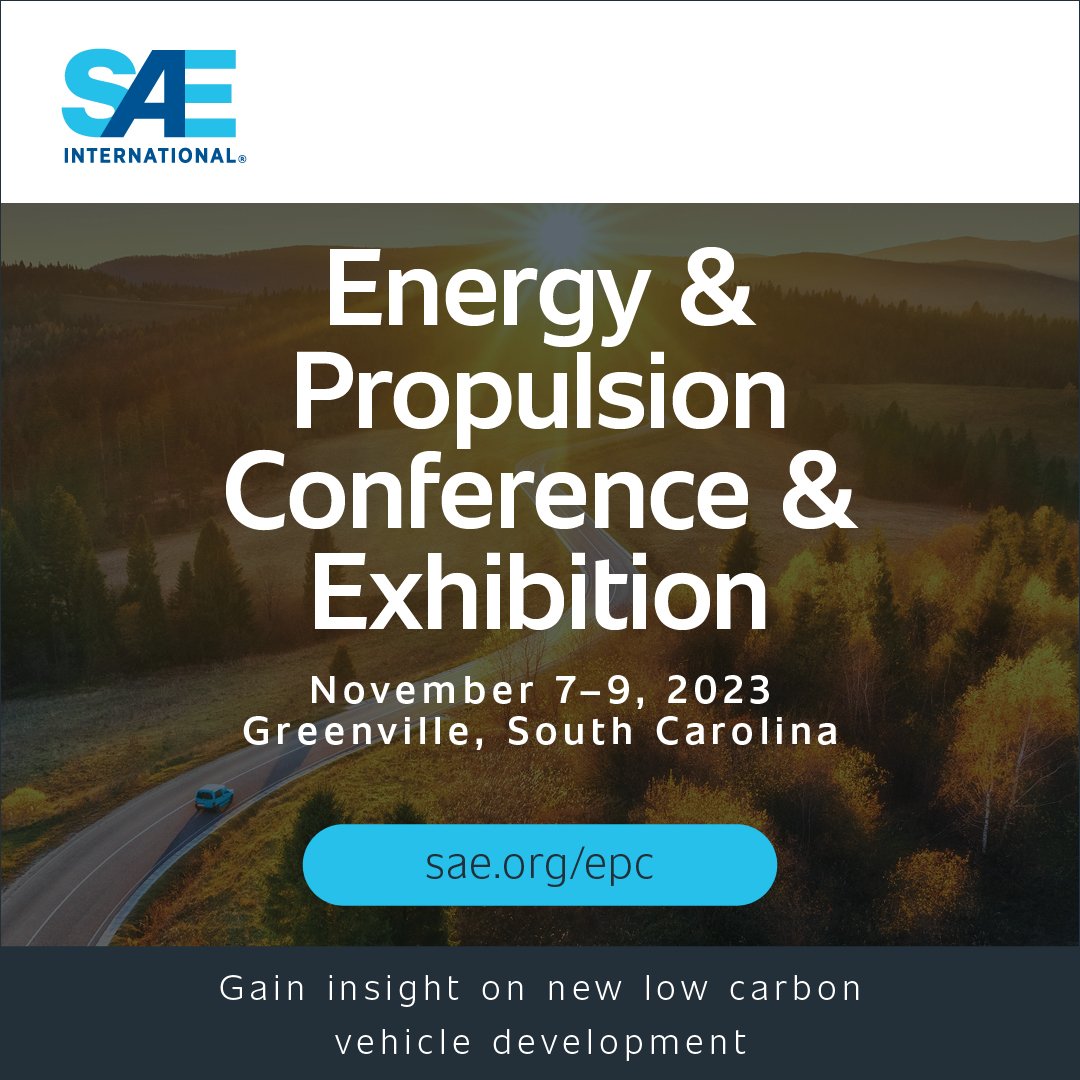
Calculation of Thermal Boundary Conditions for Hydrogen Internal Combustion Engines


Calculation of Thermal Boundary Conditions for Hydrogen Internal Combustion Engines
Hydrogen has been identified as a promising decarbonization fuel in internal combustion engine (ICE) applications in many areas including heavy-duty on- and off-road, power-generation, marine, etc. Hydrogen ICEs can achieve high power density and very low tailpipe emissions. However, there are challenges; designing systems for a gaseous fuel with its own specific mixing, burn rate and combustion control needs, which can differ from legacy products. The primary pollutant of concern for Hydrogen ICEs is NOx which can be addressed by running the engine at very lean equivalence ratios and the use of Exhaust Gas Recirculation (EGR). Computation Fluid Dynamics (CFD) is a valuable tool to model the combustion characteristics under different conditions, as presented in SAE-2023-01-0197, which can also be used to predict thermal loading. Being able to determine the thermal distribution and temperatures of the power cylinder components has always been critical to the design and development of ICE programmes. This remains a key requirement when considering hydrogen as an alternative fuel for both clean sheet hydrogen ICE designs and implementation of fuel conversions. Significant improvements have been made in recent years in the speed and accuracy of CFD analytical tools for combustion and thermal prediction, but these still present lead times that can preclude their use in early concept work or parametric studies. SAE-2022-01-0597 presented a new analytical FE-based tool, complementary to 3D CFD, that calculates thermal boundary conditions using physical models and semi-empirical correlations. This paper presents the extension of this tool to support alternative fuels including hydrogen, with validation on a Euro VI HD Diesel engine converted to operate on hydrogen gas using direct injection. Results and measurements are presented at full and part-load conditions including a lambda swing to investigate the effect of different equivalence ratios on structural temperature.
SAE 2023-01-1675
To be presented at the SAE Energy & Propulsion Conference & Exhibition, November 7-9, 2023
Realis Simulation, formerly Ricardo Software.
Latest Resources


Using Analysis of the Ring Pack and Piston to Optimise Oil Consumption of Current and Future Engines
Technical paper